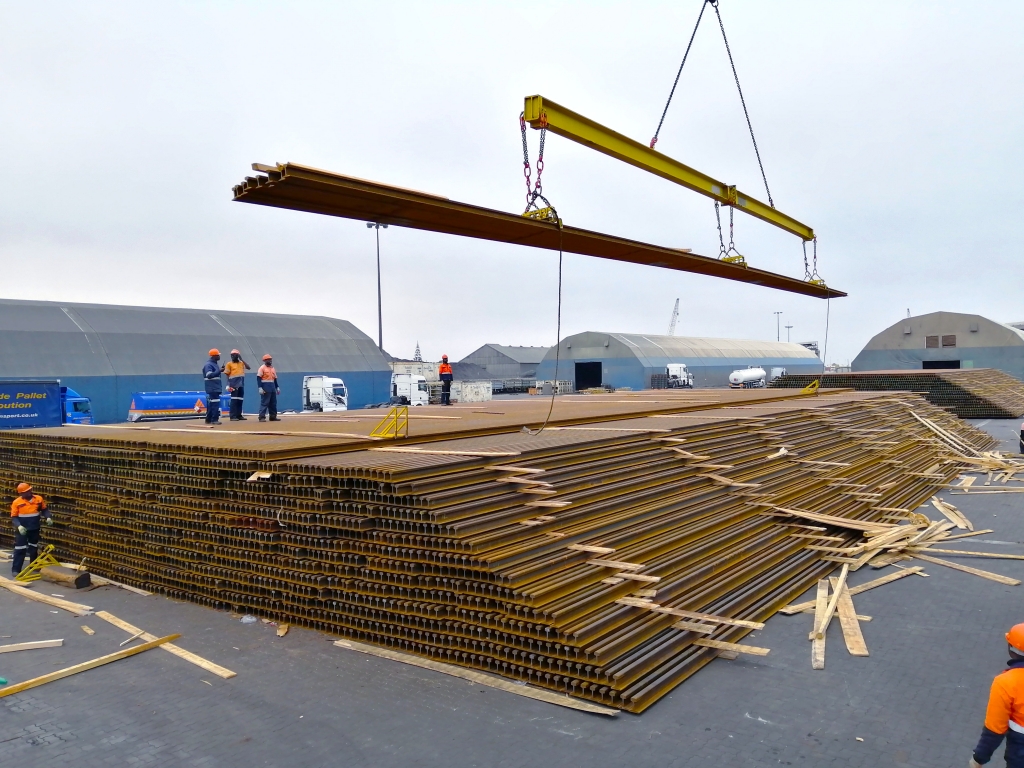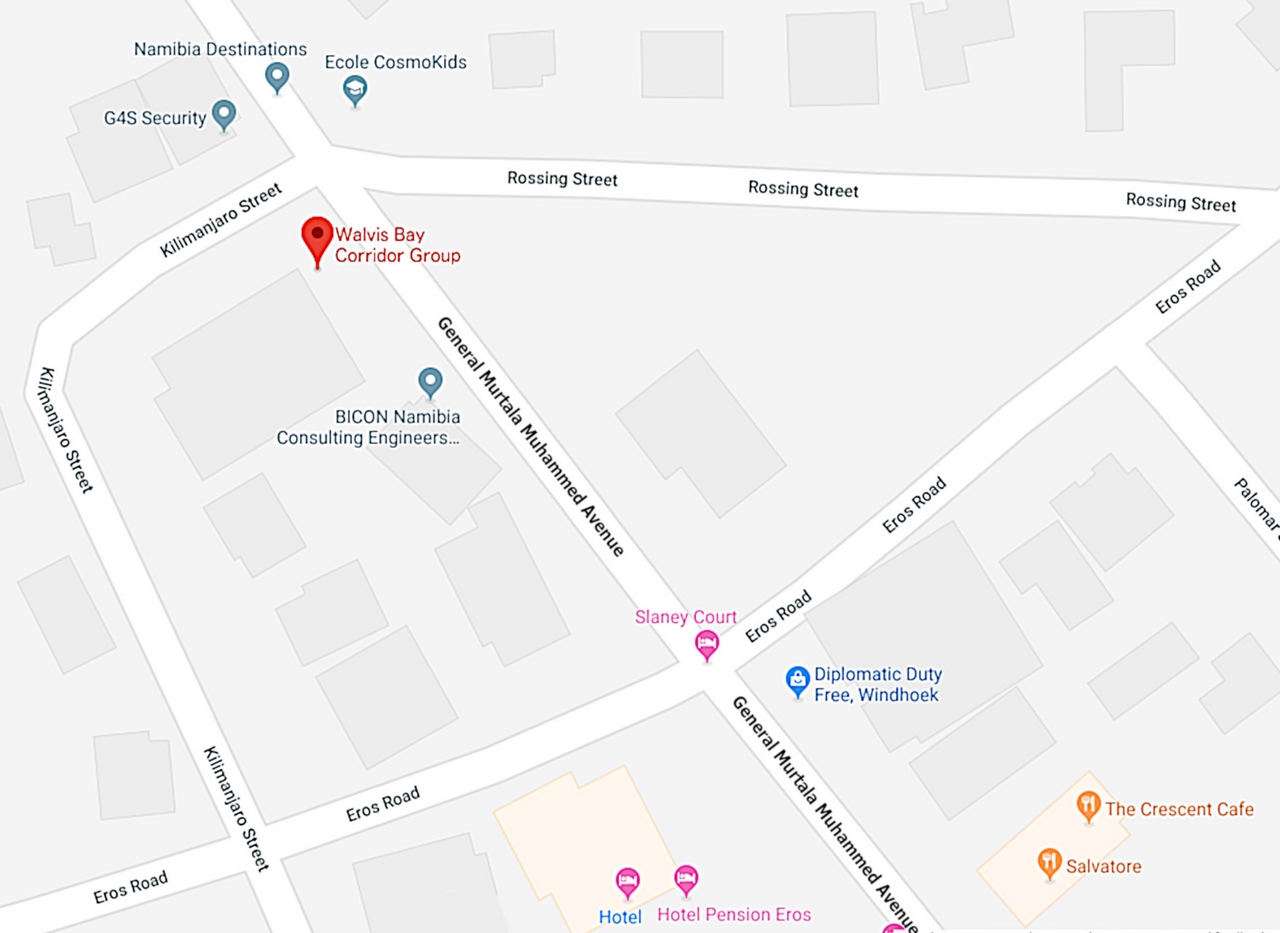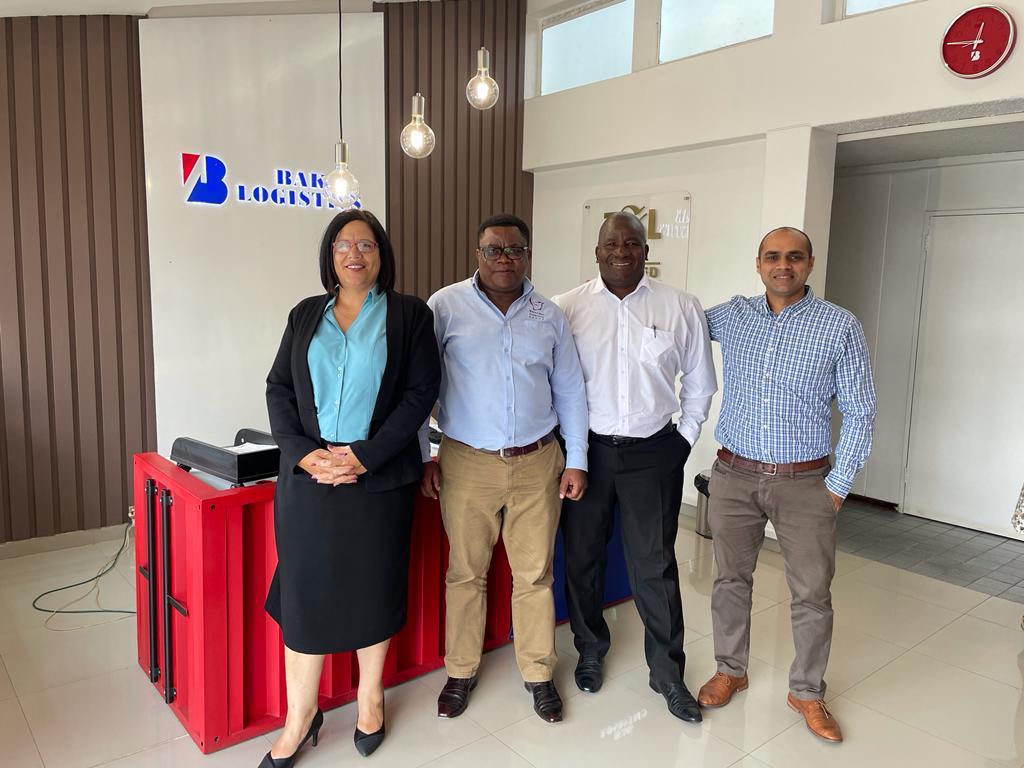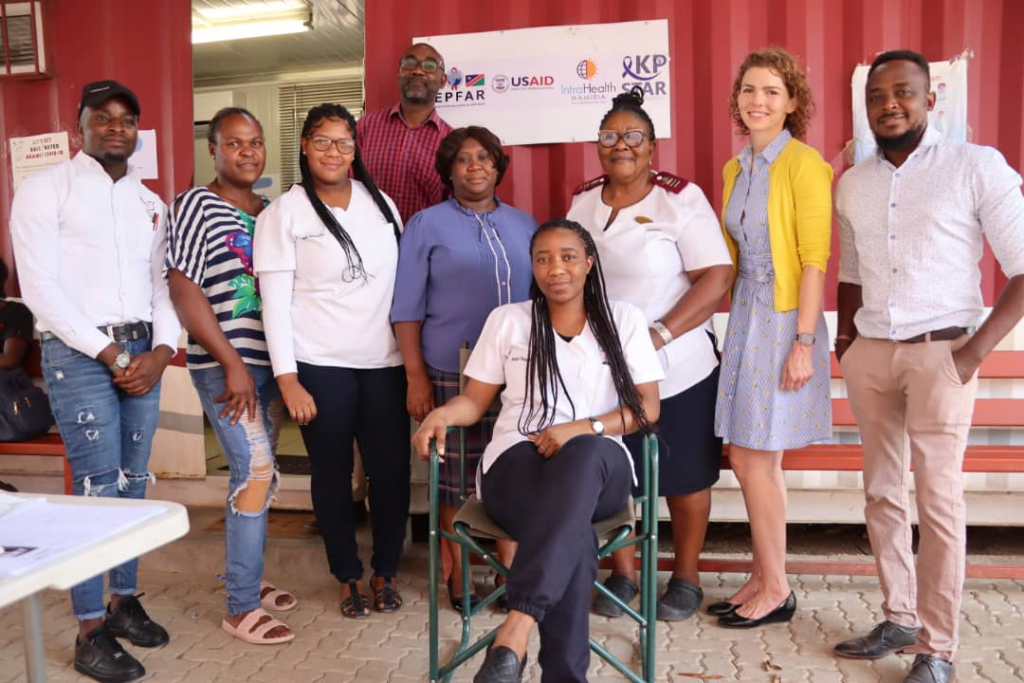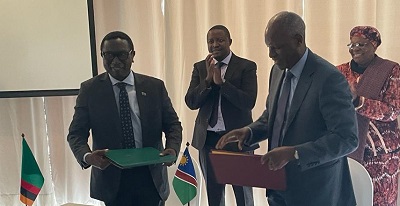Delivery of steel rails for upgrading work on track
Posted: 6 Dec 2019
The second consignment of about 3860 steel rails, around 7500 metric tonnes, was discharged from the general cargo vessel Vestis Isle at the Port of Walvis Bay on Thursday, 21 November 2019. The rails are meant for the upgrading of the Walvis Bay to Kranzberg railway line section, which is about 210 km.
In late July this year the first batch of 6679 tonnes of steel rails arrived at the Port. This was part of a consignment of 20 000 tonnes intended for upgrading of the railway infrastructure.
According to Mr Robert H. Kalomho, Director: Railway Infrastructure Management from the Ministry of Works and Transport, “the delivery of the 20,000 tons is envisaged to be done in three batches with delivery to laydown areas [Walvis Bay, Arandis and Usakos] to be completed in 60 weeks”. He added that the last delivery of 5821 tonnes is expected to be delivered in March 2020.
Commercial Executive, Mr Immanuel Tino !Hanabeb congratulated the team at the multipurpose terminal for pushing the boundaries in delivering exceptional customer service. “The team managed to discharge the rails in about 7 days, compared to previous discharges. Namport is dedicated to providing excellent service delivery and constantly challenging the status quo”.
The realisation of this infrastructure upgrade will see an easing of heavy cargo on the road system and furthermore lower landside transport costs into the region.
[Source: Namport]
